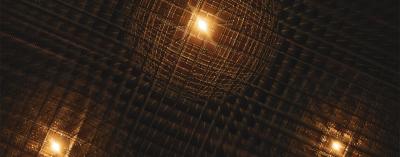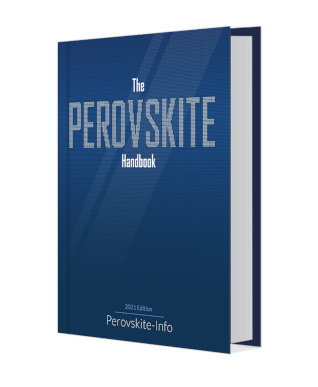Researchers achieve stable and high-efficiency blue LEDs based on halide perovskites
Researchers at Linköping University in Sweden have developed efficient blue LEDs based on halide perovskites. The new LEDs could open the door to cheap and energy-efficient illumination.
 Schematic of the PeLED structure and the HAADF cross-sectional device image. Image from Nature Communications
Schematic of the PeLED structure and the HAADF cross-sectional device image. Image from Nature Communications
Illumination is responsible for approximately 20 percent of global electricity consumption, a figure that could be reduced significantly if all light sources consisted of light-emitting diodes (LEDs). The blue-white LEDs currently in use, however, need complicated manufacturing methods and are expensive, which makes it more difficult to achieve a global transition. LEDs manufactured from halide perovskites could be a cheaper and more eco-friendly alternative for both illumination and LED-based monitors.



